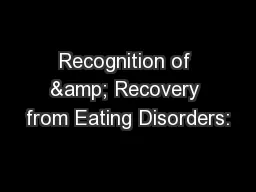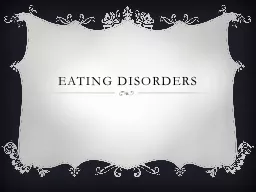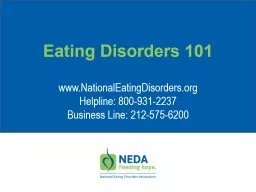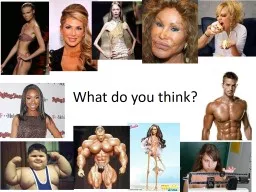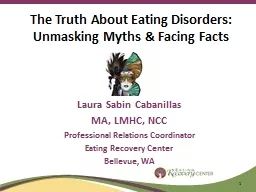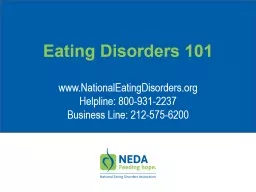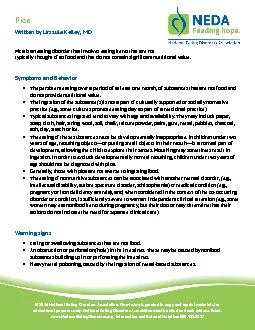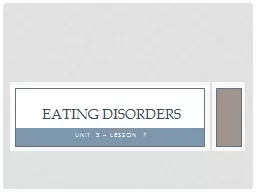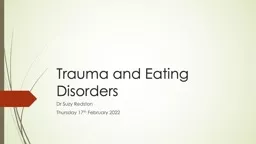PPT-Recognition of & Recovery from Eating Disorders:
Author : tatiana-dople | Published Date : 2017-07-30
Whats Important for the ATC amp PT Rachel A Clark MS RD CSSD Purdue University Sports Dietitian amp Continuing Lecturer Northeast Indiana Sports Medicine Symposium
Presentation Embed Code
Download Presentation
Download Presentation The PPT/PDF document "Recognition of & Recovery from Eatin..." is the property of its rightful owner. Permission is granted to download and print the materials on this website for personal, non-commercial use only, and to display it on your personal computer provided you do not modify the materials and that you retain all copyright notices contained in the materials. By downloading content from our website, you accept the terms of this agreement.
Recognition of & Recovery from Eating Disorders:: Transcript
Download Rules Of Document
"Recognition of & Recovery from Eating Disorders:"The content belongs to its owner. You may download and print it for personal use, without modification, and keep all copyright notices. By downloading, you agree to these terms.
Related Documents

